Ever since I attended an air show when I was young, I’ve been fascinated with military aircraft. While I regret not following aircraft development as closely as I used to, yesterday while reading Patrick Appel, filling in for Andrew Sullivan, I learned something new: the Pentagon has a new plane, the F-35 Lightning.
The stealth-technology-equipped F-35 comes in three flavors normal runway takeoff and landing, short takeoff and vertical landing (like the Harrier), and aircraft carrier takeoff and landing and is a little brother to the stealthy F-22 Raptor.
Scheduled to enter service in 2011, the F-35 is aimed at replacing the Air Force’s F-16 Fighting Falcon and the Marines’ AV-8A Harrier and aimed at complementing the Navy’s F/A-18E/F Super Hornet.
The name “Lightning” is in honor of Lockheed Martin’s World War II fighter, the P-38 Lightning.
The F-35 Lightning:
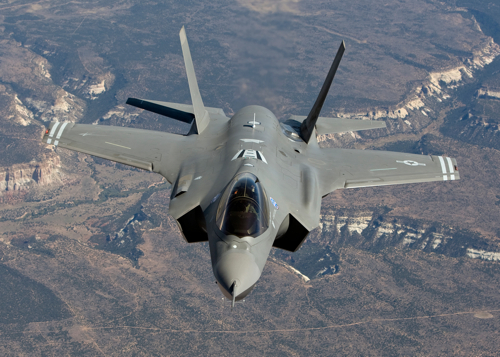

The F-22:

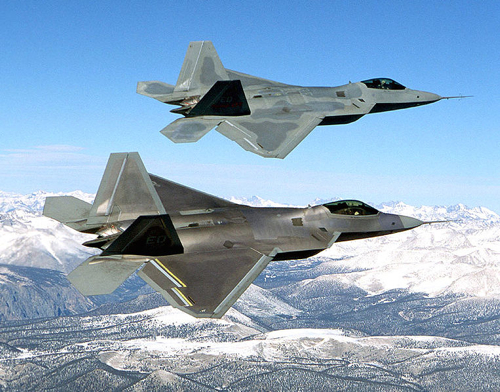
In my excitement to see some awesome new military hardware, I did a little more poking around, and I learned the F-117 was sadly retired in April. The F-117 Nighthawk stealth fighter along with the B-2 Spirit stealth bomber are two of the most kick-ass aircraft ever developed. The former is an angular harbinger of doom; the latter is an uber-sleek, bat-like phantom of the skies.
The F-117:
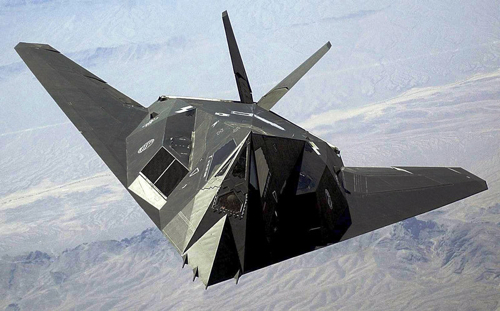
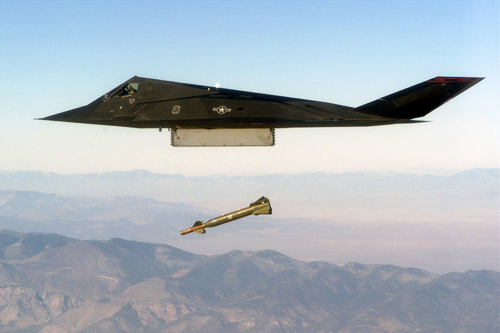
The B-2:

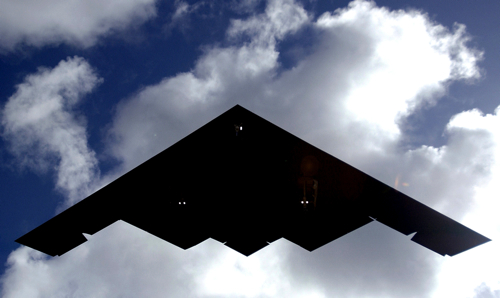
A few more F-35 views:
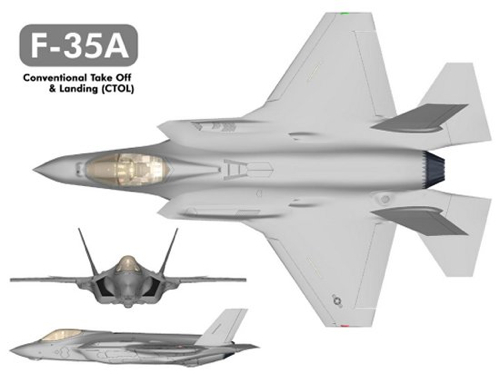
F-16, F-35, F-22 comparison:
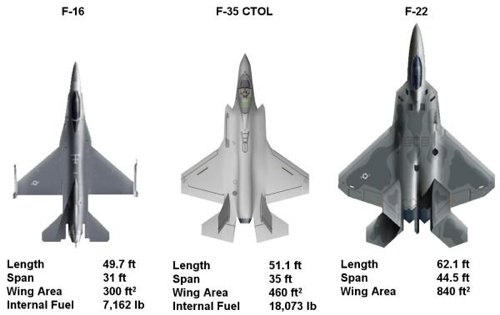
And finally, an interesting tidbit about the development of the F-35:
[The F-35, also known as the Joint Strike Fighter (JSF)] evolved to an international co-development program. The United Kingdom, Italy, The Netherlands, Canada, Norway, Denmark, Australia and Turkey have formally joined the U.S. and contributed money toward the program. These partners are either NATO countries and/or close US allies, and peacekeeping and war fighting more recently have been done by coalitions. The reason to have all of these countries in co-development with the US is that there is currently a big difference in the type of equipment that they fly. Although some countries fly equipment similar to the US’s, others fly equipment that is less capable. With JSF, they can all fly the same airplane; as a coalition, they can all be the same. With this in mind, the U.S. invited these eight countries to participate in developing the airplanes. That is to say, they are not just participants to buy the airplanes. They will participate in the design, build, and test of the airplanes. This is a marked difference from past programs.
(Image credits: F-35 comparison and F-35 three-view from Aerospaceweb.org; all other photos from Wikimedia and the United States Air Force in the public domain)